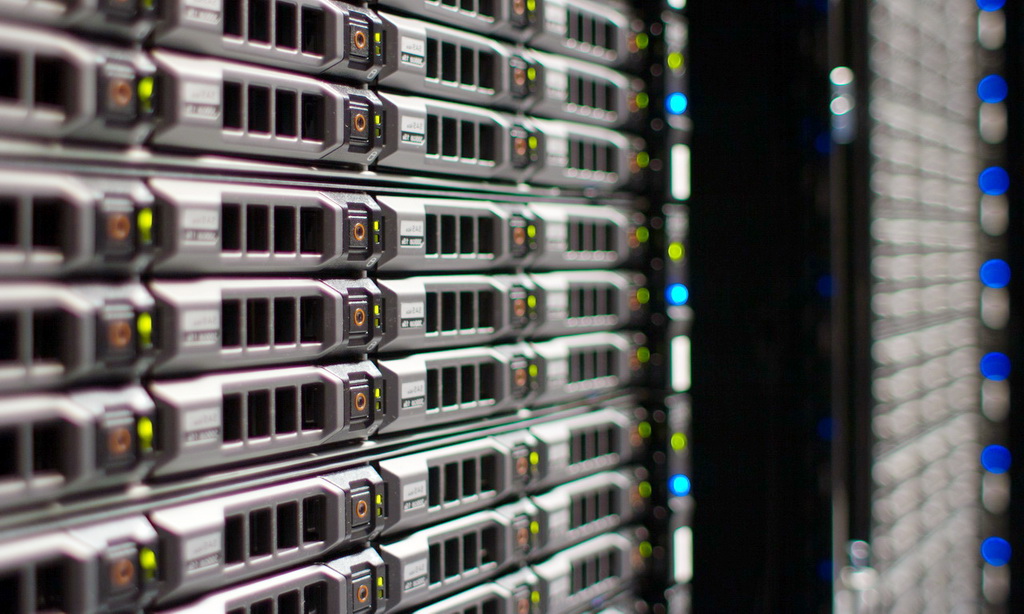Why Your Dedicated Servers Should Have RAID Technology
RAID originally stood for “Redundant Array of Inexpensive Disks”. Today, the abbreviation for “Redundant Array of Independent Disks” is used. RAID refers to the grouping of multiple physical disks into a larger virtual, called “RAID set”. RAID makes the server look like many smaller disks than one large – the RAID system displays the smaller physical disks opposite the server as a logical volume. The logical drive is called LUN or “Logical Unit Number”. RAID has two major benefits: better performance and higher availability – it’s faster and less likely to fail.
The RAID technology is intended to increase the reliability and performance of hard disk systems – even for the ambitious desktop user. There are variants with specific advantages and disadvantages to choose from, which explains our contribution.
When RAID was launched at the University of California, Berkeley, in 1987, storing large amounts of data was still a tricky business. Although data-centric SLEDs (single large-expensive disks) in 14-inch format offered high capacities (two to three GB) and good data security, they were extremely expensive. As a mass storage alternative offered in relation to capacity much cheaper, relatively new “small” drives in the 5.25-inch form factor. Their use, however, raised some problems.
RAID Benefits
In their original paper, Patterson, Gibson, and Katz proposed a total of five different methods to combine individual plates into an array. They numbered them in a terminology that is still valid today as RAID levels 1 to 5. This somewhat unfortunate designation repeatedly causes misunderstandings: despite the term “level” is not a step-by-step process, but of completely independent of each other techniques.
In addition to the primary goals – cost-effective, high-capacity storage and good reliability – the presented methods offer further advantages. On the one hand, the RAID set-up on the user side presents itself as a single logical volume. The administration is just as simple as with a single drive. On the other hand, many RAID methods offer a speed advantage over single drives due to the parallelization of disk accesses. However, this can only be fully exploited if a sufficient number of channels is available for non-blocking addressing of the drives.
The combination of such advantages not only ensured rapid deployment of RAID-based mass storage, especially in servers. Additional RAID variants were also developed, which were optimized for specific applications and specific advantages. Today, the bandwidth of generally available levels ranges from RAID 0 to RAID 6. In addition, there are combined technologies such as RAID 0 + 1 or 50, RAID 6 related processes (RAID n + m) with even more increased reliability, and vendor-specific variants. The latter include techniques such as RAID-DP (Network Appliances), RAID-X (ECC Technologies) or RAID ^ n ( Tandberg ).
The performance of hosting website get increased because the server has more physical drives available for reading or writing the same amount of data in parallel.
Availability is increased because the RAID controller can recreate lost data from parity information (parity is essentially a checksum written along with the original data). RAID can be implemented on a host using software – for example, under Windows as “FTDISK” volumes – or using hardware in the storage controller. The server accessing a hardware RAID will not know if one of the drives is defective. The controller recovers the lost data by using the parity information stored on the surviving discs.
Should You Buy Dedicated Server Hosting with RAID Technology?
A RAID system is a composite of multiple hard drives that store data for protection against loss. The hard disks should be identical in size and type. Although the availability of computer systems can be significantly increased by the use of disk arrays. However, RAID is not a panacea against data loss. In order to achieve a reliability level close to 100 percent, all components of the storage subsystem including the controller, power supply and fans must be redundantly designed like what HostingRaja’s designed.
With HostingRaja, you will get all those advantages on every Dedicated Server you purchase. Visit the website for the complete pricing.

